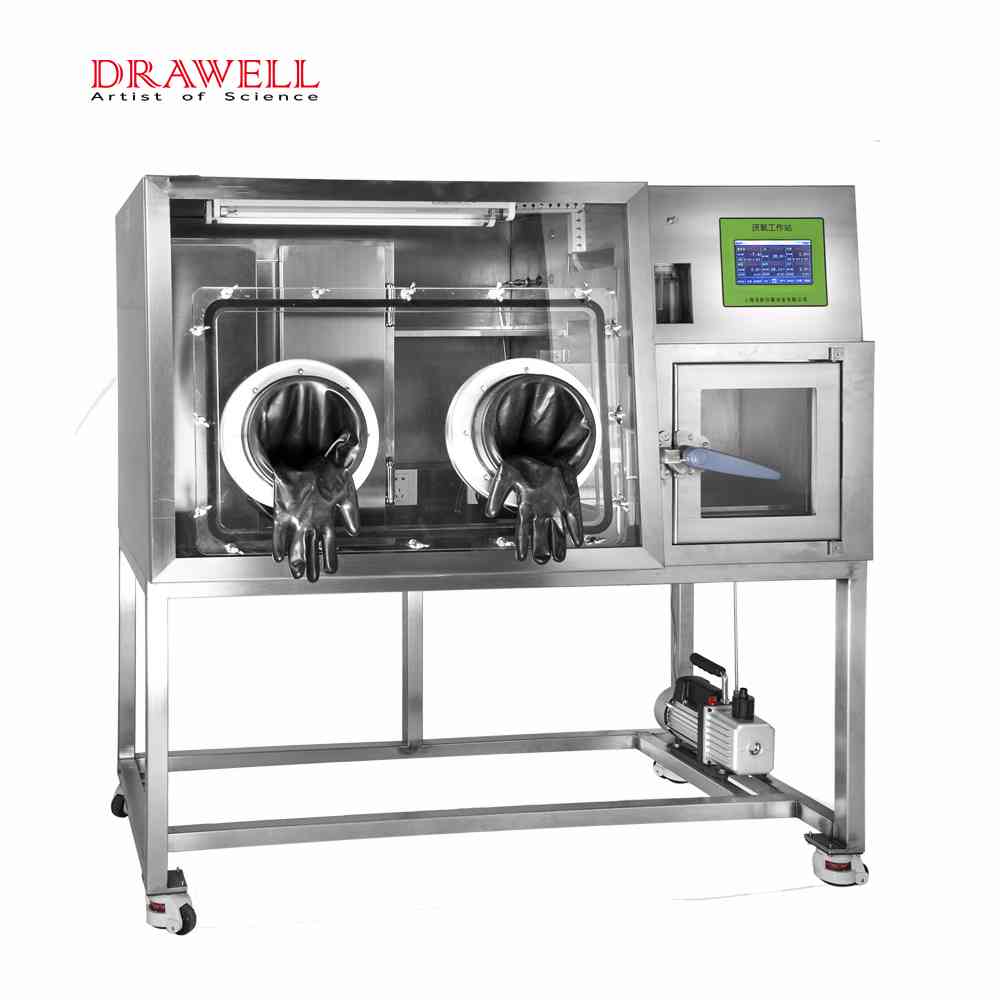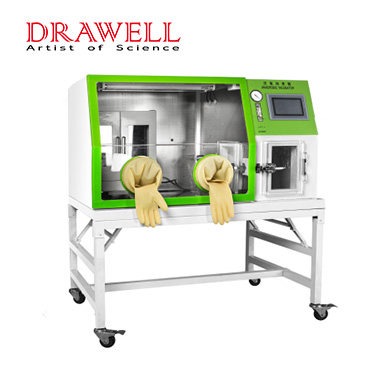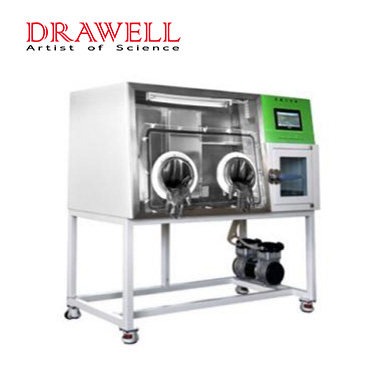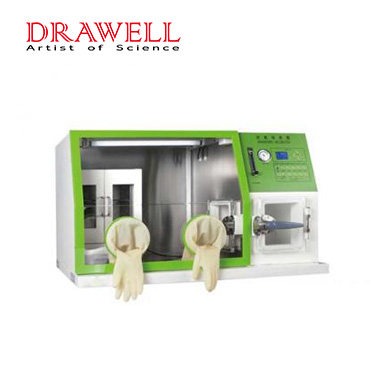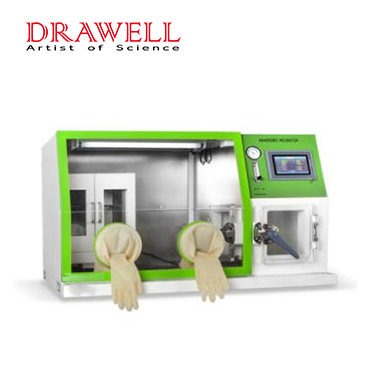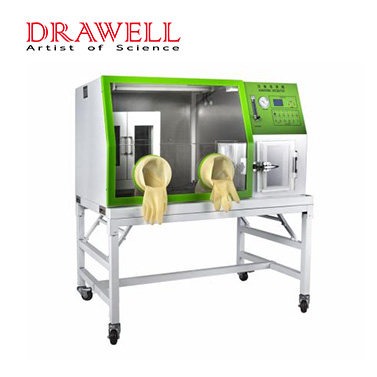Anaerobic bacteriology is an integral part of studying the micro-ecological balance. Besides, more than 99% of the alimentary canal flora are anaerobic bacteria. The isolation, culture, and screening of anaerobic microorganisms are conducive to discovering more microorganisms with beneficial functions and further revealing the characteristics of anaerobic organisms and their relationship with host nutrition, immunity, and health.
With the deepening of the understanding of anaerobic bacteria, anaerobic culture has attracted more and more attention from researchers. Choosing an anaerobic incubator with good performance has become a hot topic in related fields. Today, This article introduces five critical indicators for choosing an anaerobic incubator.
Anaerobic State Is Stable
(1) Good air tightness can make the inner cavity of the anaerobic incubator box at a stable anaerobic level under the operation and maintenance state.
(2) The operation hole’s design is reasonable, making it convenient for the operator to enter and exit the anaerobic incubator box with both hands. It also reduces the chance of outside air entering the anaerobic inner cavity. It ensures a stable anaerobic level in the internal cavity of the anaerobic incubator when the hands are in and out.
(3) The transfer chamber design is reasonable, facilitating the rapid passage of samples into and out of the box and reducing the chance of outside air entering the anaerobic box. When the piece is transferred, it ensures a stable anaerobic level in the box cavity.
(4) The anaerobic incubator with a solid anti-aging ability and High-performance material can reduce the risk of air leakage due to the aging of the outer wall and ensure anaerobic stability under normal conditions.
The Temperature State Is Stable
The cultivation of anaerobic bacteria should be carried out in a stable temperature environment, and the stability of the anaerobic incubator’s temperature directly affects the cultivation results’ reliability.
The Humidity State Is Stable
The anaerobic bacteria should be cultivated in a stable humidity environment. Too high or too low a humidity environment can easily lead to the emergence of atypical biological characteristics of bacteria, which directly affects the judgment of identification results.
In addition, because the anaerobic incubator is a closed cavity, the evaporation of a large amount of medium water can easily lead to the production of condensed water. It produces biological contamination and is easy to make bacterial colonies disappear, resulting in culture failure.
Anti-pollution Ability Is Supported in an Anaerobic Incubator
Since the anaerobic incubator has the dual functions of operation and cultivation, the disinfection of the inner chamber is crucial to the success or failure of the experiment. It is indispensable to support UV disinfection and vital oxidant disinfection functions.
Biological Detoxification Is Supported in an Anaerobic Incubator
All bacteria, including anaerobic bacteria, will produce metabolic wastes in the process of growth and reproduction. A considerable variety of anaerobic bacteria can produce metabolic waste gas. In the closed cavity, the concentration of metabolic waste gas gradually increases, which ultimately inhibits the growth and reproduction of viable bacteria. Effective removal of metabolic waste gas in the inner cavity is an important guarantee to ensure the excellent growth state of anaerobic bacteria.
In a word, the above five tips can be helpful for you in choosing an anaerobic incubator with good performance. If you want to find an anaerobic incubator manufacturer – Drawell, which provides you with a reliable and comfortable anaerobic culture and operating environment, can help you. Besides, there are many anaerobic incubators, such as Anaerobic Incubator LAI-3T-N, Anaerobic Incubator LAI-3T, Anaerobic Incubator LAI-3D, and so on.



